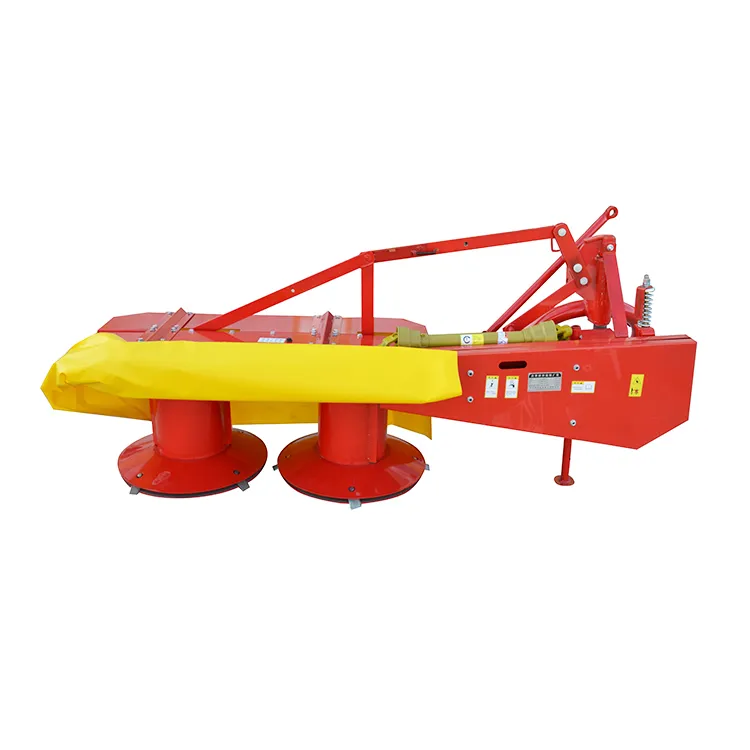A Cut Above: Everything You Need to Know About Lawn Mowers
2024-11-22
A well-maintained lawn is the pride of any homeowner. At the heart of this pristine greenery is the unsung hero of landscaping – the lawn mower. Whether you’re a seasoned gardener or a weekend warrior, understanding your lawn mower can make all the difference. Here’s a deep dive into this essential gardening tool.
What is a Lawn Mower?
A lawn mower is a machine designed to trim grass evenly across your lawn. Powered by gasoline, electricity, or manual effort, it uses sharp blades to cut grass to a desired height. Modern lawn mowers come in a variety of designs, catering to different lawn sizes, terrains, and maintenance needs.
Types of Lawn Mowers
1. Manual Reel Mowers
- Best for small lawns.
- Eco-friendly and silent.
- Requires physical effort but delivers a precise cut.
2. Electric Mowers
- Available in corded and cordless models.
- Lightweight and ideal for medium-sized lawns.
- Quiet operation with minimal maintenance.
3. Gas-Powered Mowers
- Perfect for large lawns and tough terrains.
- Powerful and capable of handling thick grass.
- Requires regular maintenance and fuel.
4. Robotic Mowers
- Autonomous and efficient.
- Ideal for tech-savvy homeowners.
- Features programmable settings and sensors for obstacle detection.
5. Ride-On Mowers
- Best for expansive lawns or commercial use.
- Comfortable and time-saving.
- Equipped with advanced features like mulching and grass collection.

Key Features to Consider
1. Cutting Width
A wider cutting width covers more ground in less time, making it ideal for larger lawns.
2. Height Adjustment
Adjustable cutting heights allow for precision trimming based on grass type and seasonal needs.
3. Bagging, Mulching, and Side Discharge
- Bagging: Collects clippings for easy disposal.
- Mulching: Shreds clippings into fine pieces to enrich the soil.
- Side Discharge: Distributes clippings evenly on the lawn.
4. Self-Propulsion
Self-propelled mowers reduce physical effort, especially on sloped or uneven terrain.
5. Battery Life (for Electric Mowers)
Look for models with long-lasting batteries for uninterrupted mowing.
Lawn Mower Maintenance Tips
1. Regular Cleaning
Remove grass clippings and debris after each use to prevent rust and blade dullness.
2. Blade Sharpening
Sharp blades ensure a clean cut and promote healthy grass growth.
3. Oil and Fuel Checks (For Gas Mowers)
Regularly check oil levels and replace old fuel to keep the engine running smoothly.
4. Battery Care
For cordless mowers, charge the battery fully and store it in a dry, cool place.
5. Seasonal Tune-Ups
Schedule professional servicing at least once a year to extend the lifespan of your mower.
Safety First: Operating a Lawn Mower
- Always read the user manual before use.
- Wear protective gear, including gloves and sturdy shoes.
- Clear the lawn of stones, sticks, and debris to prevent blade damage.
- Turn off the mower before performing any adjustments or cleaning.
The Environmental Impact
Eco-conscious homeowners can opt for electric or manual mowers to reduce carbon emissions. Mulching mowers are another great choice, as they recycle clippings into natural fertilizers, reducing yard waste.
Conclusion
A lawn mower is more than a tool; it’s a partner in achieving the lush, healthy lawn of your dreams. By choosing the right mower, practicing proper maintenance, and following safety guidelines, you’ll enjoy a hassle-free mowing experience and a yard that’s always picture-perfect.
So, whether it’s for weekend gardening or professional landscaping, let your lawn mower be the key to a greener tomorrow.


